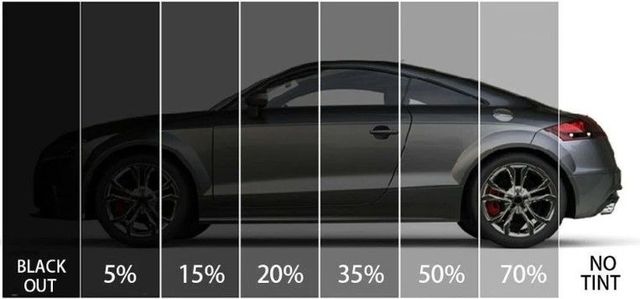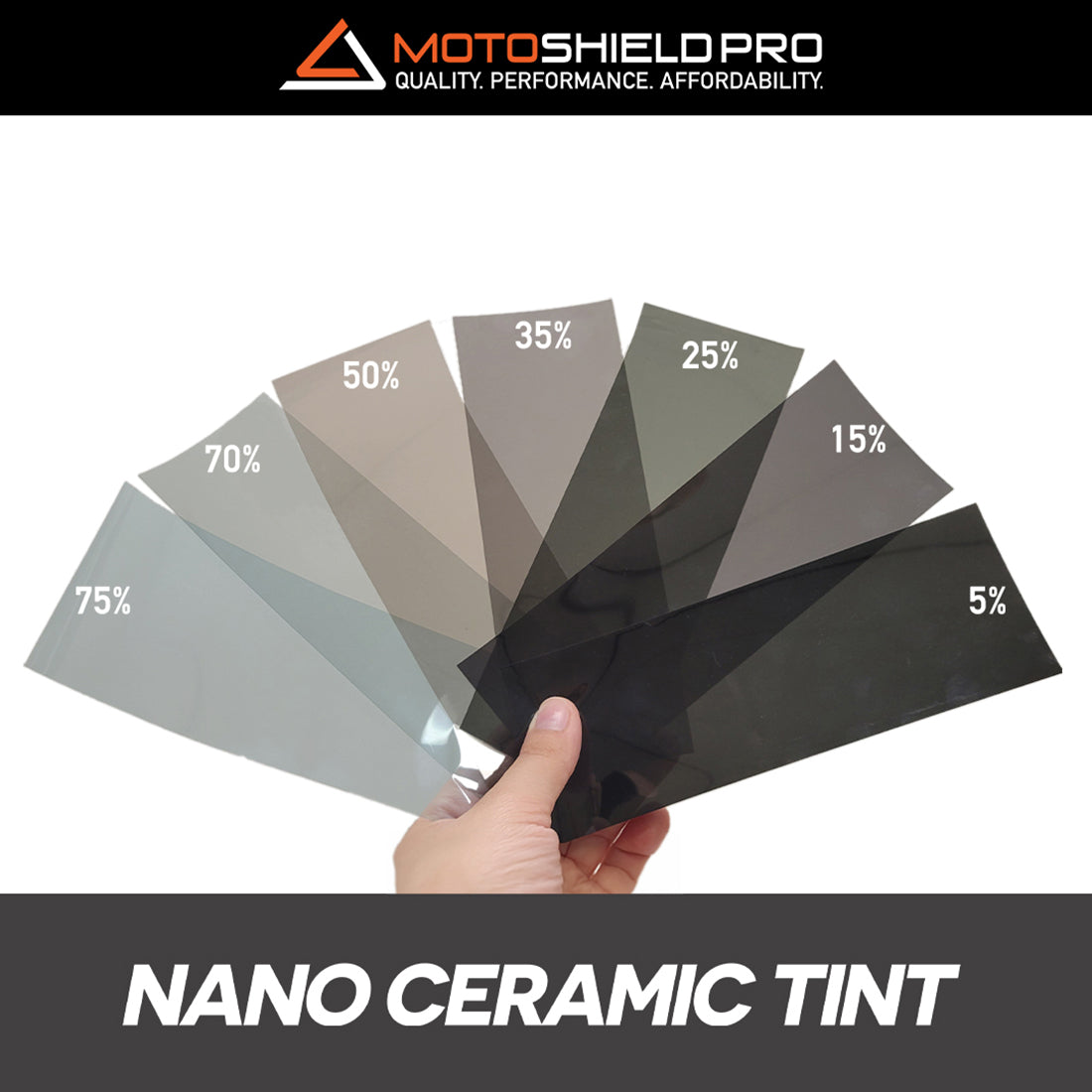Home Window Tinting Rules and Guidelines: What You Required to Know Prior To Tinting Your Automobile
Prior to waging home window tinting for your car, it is important to familiarize on your own with the diverse regulations and standards that govern this practice throughout different states. These policies determine the acceptable degrees of tint darkness, usually measured by visible light transmission (VLT) portions, and include details terms for front windshields targeted at making sure road security. Additionally, specific territories might provide clinical exceptions for individuals with qualifying problems. Understanding these complexities can conserve you from possible lawful implications, however what are the certain guidelines in your state?
Introduction of Window Tinting Regulations
Home window tinting regulations are regularly subject to variant throughout various jurisdictions, mirroring regional laws and safety considerations. These legislations dictate the permitted degrees of tint darkness and reflectiveness on automobile home windows, ensuring that vehicle drivers maintain ample presence while likewise securing against dangerous UV rays and heat.
Many guidelines identify home window tinting based on the Visible Light Transmission (VLT) percentage, which suggests the amount of light that can travel through the home window. Usually, lower VLT percentages indicate darker tints. Laws frequently distinguish in between the front, side, and rear home windows, with stricter constraints related to the front windscreen to boost safety for both the vehicle driver and other road individuals.
In addition, some jurisdictions impose constraints on the reflectivity of the color, stopping excessive glow that might hinder presence. Exemptions to these regulations may exist for people with certain clinical conditions needing added sunlight defense. Compliance with window tinting guidelines is critical, as violations can result in penalties, compulsory elimination of the tint, and potential rises in insurance coverage costs. For that reason, it is necessary for vehicle proprietors to familiarize themselves with neighborhood regulations prior to continuing with home window tinting installments.
State-by-State Color Regulations
Recognizing the certain window tinting regulations in each state is essential for car owners seeking to adhere to the law. Each state in the U.S. has developed its own set of guidelines controling home window tinting, which can differ considerably. These regulations commonly dictate the allowed levels of color darkness, the sorts of home windows that can be tinted, and any kind of medical exceptions that may use.
For circumstances, states like California have strict limitations on tint darkness for front windows, while others, such as New Mexico, may enable darker colors. Furthermore, particular states mandate details visibility percents for numerous windows, consisting of the windscreen, front side home windows, and back windows. It is important for cars and truck proprietors to acquaint themselves with their state's legislations to prevent possible fines or penalties.
Additionally, some states might require an accreditation sticker label to be put on tinted home windows, indicating conformity with state legislations. Failure to stick to these guidelines not only runs the risk of lawful effects however can likewise impact security and presence while driving. Automobile proprietors should conduct detailed research study or get in touch with neighborhood authorities to make sure complete understanding and conformity with state-by-state color guidelines.
Allowed Tint Kinds and levels
Many automobile owners may be amazed to learn that enabled color degrees and types differ widely across various states. Each state has developed its very own regulations concerning the allowable darkness and reflectivity of home window tint, commonly determined by Visible Light Transmission (VLT) portions. VLT describes the amount of light that can travel through the colored windows; therefore, a lower percentage shows a darker tint.

Additionally, the types of color products permitted can differ, with some states forbiding metal or mirror-like finishes. It is essential for car proprietors to acquaint themselves with their state's particular regulations to ensure conformity. Non-compliance can result in penalties, obligatory removal of the color, or other legal repercussions, making it vital to comprehend these regulations before proceeding with installment.
Medical Exemptions for Tinting
While not all states give allocations for medical exceptions pertaining to home window tinting, those that do recognize the necessity for specific individuals to boost presence and comfort due to medical problems. Different medical problems, such websites as lupus, skin cancer, and particular eye conditions, can make individuals particularly conscious sunshine. These individuals may require darker colors to protect themselves from hazardous UV rays and glare.

It is vital to note that despite having a medical exemption, there might still be restrictions on the degree of color allowed. Compliance with state laws ensures that individuals are both protected and within legal limitations. Those thinking about clinical exemptions need to call their neighborhood Department of Electric motor Cars or equivalent authority to comprehend the requirements and treatments necessary to request an exemption efficiently.
Penalties for Non-Compliance
Failing to follow window tinting regulations can cause significant penalties, which differ by state. Legislation enforcement firms are empowered to provide citations for vehicles that do not abide by the defined tinting guidelines. These fines commonly include penalties, which can range from small quantities to numerous hundred dollars, relying on the extent of the violation and the state concerned.
In some jurisdictions, duplicated offenses may cause rising penalties or added charges, such as mandatory court appearances. Non-compliance might necessitate the elimination of prohibited tinting, frequently at the owner's expenditure. In severe cases, habitual wrongdoers may encounter suspension of their automobile registration up until compliance is accomplished.
In addition, insurance coverage implications may develop from obtaining multiple citations for home window tint violations. Insurance companies may watch such offenses as a sign of riskier habits, possibly bring about increased costs or trouble in insurance coverage.
To prevent these penalties, it is vital for car owners to familiarize themselves with their local home window tinting laws and make certain that their car complies (Window Tinting). This proactive approach not just prevents lawful implications however also advertises roadway safety
Final Thought

A lot of regulations classify window tinting based on the Visible Light Transmission (VLT) percent, which suggests the quantity of light that can pass with the home window. Conformity with home window tinting laws is important, as violations can result in penalties, necessary elimination of the color, and possible boosts in insurance coverage premiums.Recognizing the certain window tinting guidelines in review each state is essential for automobile owners seeking to comply with the regulation. These laws commonly dictate the allowable levels of tint darkness, the kinds of home windows that can be tinted, and any kind of clinical exceptions that may use.
For circumstances, states like California have stringent limitations on color darkness for front home windows, while others, such as New Mexico, may allow darker colors.
Comments on “Car Window Tinting: Discover the very best Offers and High Quality Solutions Close-by”